Genes influence when autism becomes visible, revealing early and late developmental patterns across childhood.


The suspected causes of Alzheimer’s disease are diverse, and its cures are, today, nonexistent.
What’s all but certain is that many who today have the mental chops to wade through a detailed article about the disorder’s drivers and demographics will nevertheless succumb to it someday.
With no cure available, despite numerous attempts to find one, researchers are looking down new roads for treatments. A recent discovery by Stanford Medicine neurologist Mike Greicius, MD, may help clear one of those roads for faster passage.
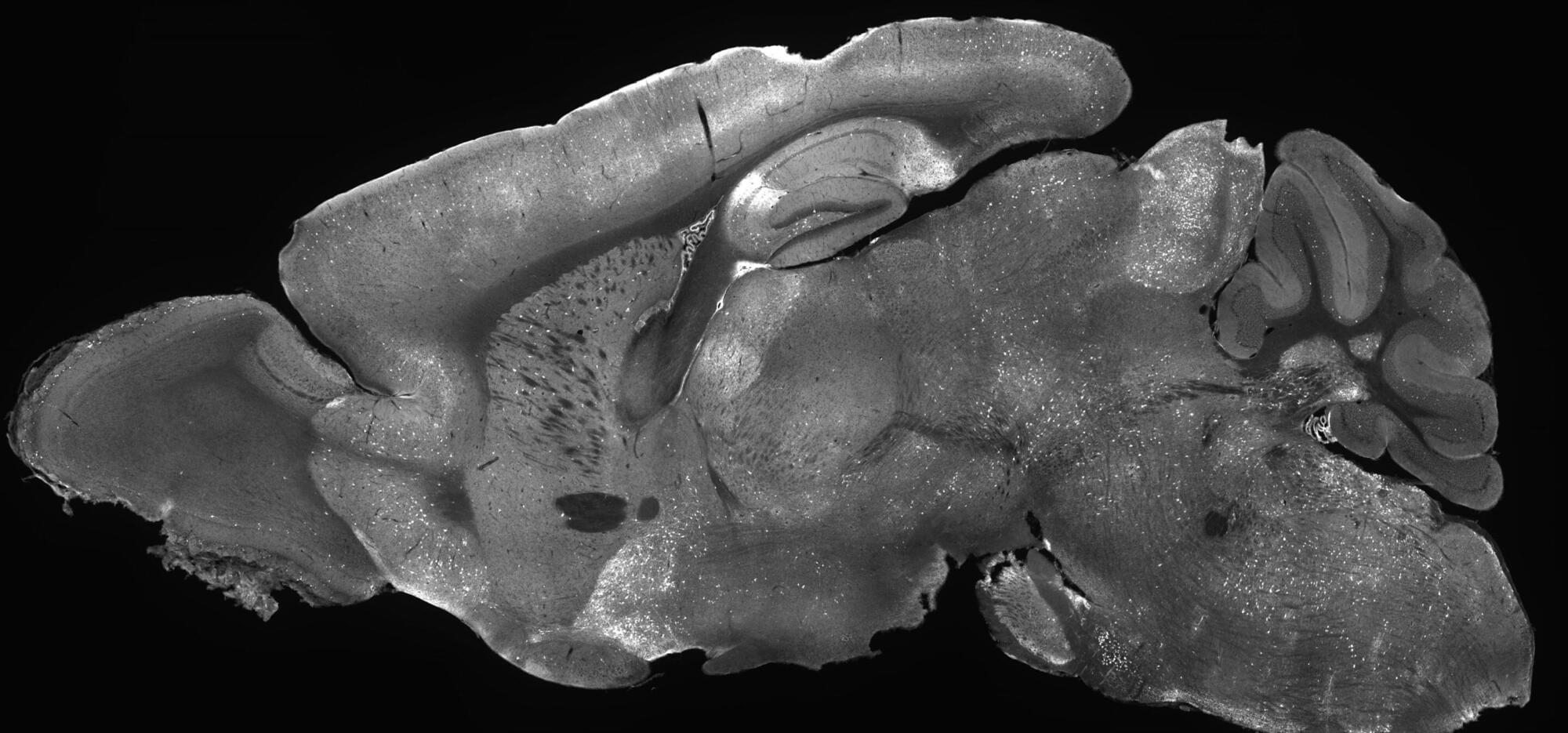
In an exciting scientific first, researchers at the Allen Institute successfully designed a new gene therapy that reversed symptoms related to SYNGAP1-related disorders (SRD) in mice. These are a class of brain disorders that can lead to severe and debilitating symptoms including intellectual disability, epilepsy, motor problems, and risk-taking behaviors in humans. In most cases, SRDs are caused when someone has only one working copy of the SYNGAP1 gene instead of the normal two.
The findings, recently published in the journal Molecular Therapy, represent the first successful gene supplementation therapy for SRDs in which an adeno associate virus (AAV) was used to deliver a working copy of the SYNGAP1 gene into brain cells. AAVs are non-replicating viruses that act like delivery trucks carrying therapeutic cargo, in this case the SYNGAP1 gene, into cells that need it.
“Gene supplementation is providing a functional new copy of a defective gene, a strategy that has great potential for correcting diseases where a gene is completely missing or where a single copy of a gene is lost,” said Boaz Levi, Ph.D., associate investigator at the Allen Institute and senior author of the study. “This provides a clear demonstration that SYNGAP1-related disorders can be treated with a neuron-specific gene supplementation strategy. It’s an important milestone for the field that provides hope for those who suffer from this class of severe neurological diseases.”
Strategies For Complicated Neurodegenerative Disorders — Dr. Leonard Petrucelli, PhD — Neurodegenerative Diseases Laboratory, Department of Neuroscience, Mayo Clinic.

Neurons produced from frontotemporal dementia patients’ skin biopsies using modern stem cell technology recapitulate the synaptic loss and dysfunction detected in the patients’ brains, a new study from the University of Eastern Finland shows.
Frontotemporal dementia is a progressive neurodegenerative disease affecting the frontal and temporal lobes of the brain. The most common symptoms are behavioral changes, difficulties in understanding or producing speech, problems in movement, and psychiatric symptoms. Often, frontotemporal dementia has no identified genetic cause, but especially in Finnish patients, hexanucleotide repeat expansion in the C9orf72 gene is a common genetic cause, present in about half of the familial cases and in 20 per cent of the sporadic cases where there is no family history of the disease. However, the disease mechanisms of the different forms of frontotemporal dementia are still poorly understood, and there are currently no effective diagnostic tests or treatments affecting the progression of the disease in clinical use.
Brain imaging and neurophysiological studies have shown that pathological and functional changes underlying the symptoms occur at synapses, the connections between brain neurons, in frontotemporal dementia patients. PET imaging studies have shown significant synapse loss in the brain, and transcranial magnetic stimulation, on the other hand, has indicated disturbed function of both excitatory and inhibitory neurotransmitter systems, leading to deficient neurotransmission. Often, drugs affecting the different neurotransmitter systems are used to mitigate the symptoms of frontotemporal dementia patients.
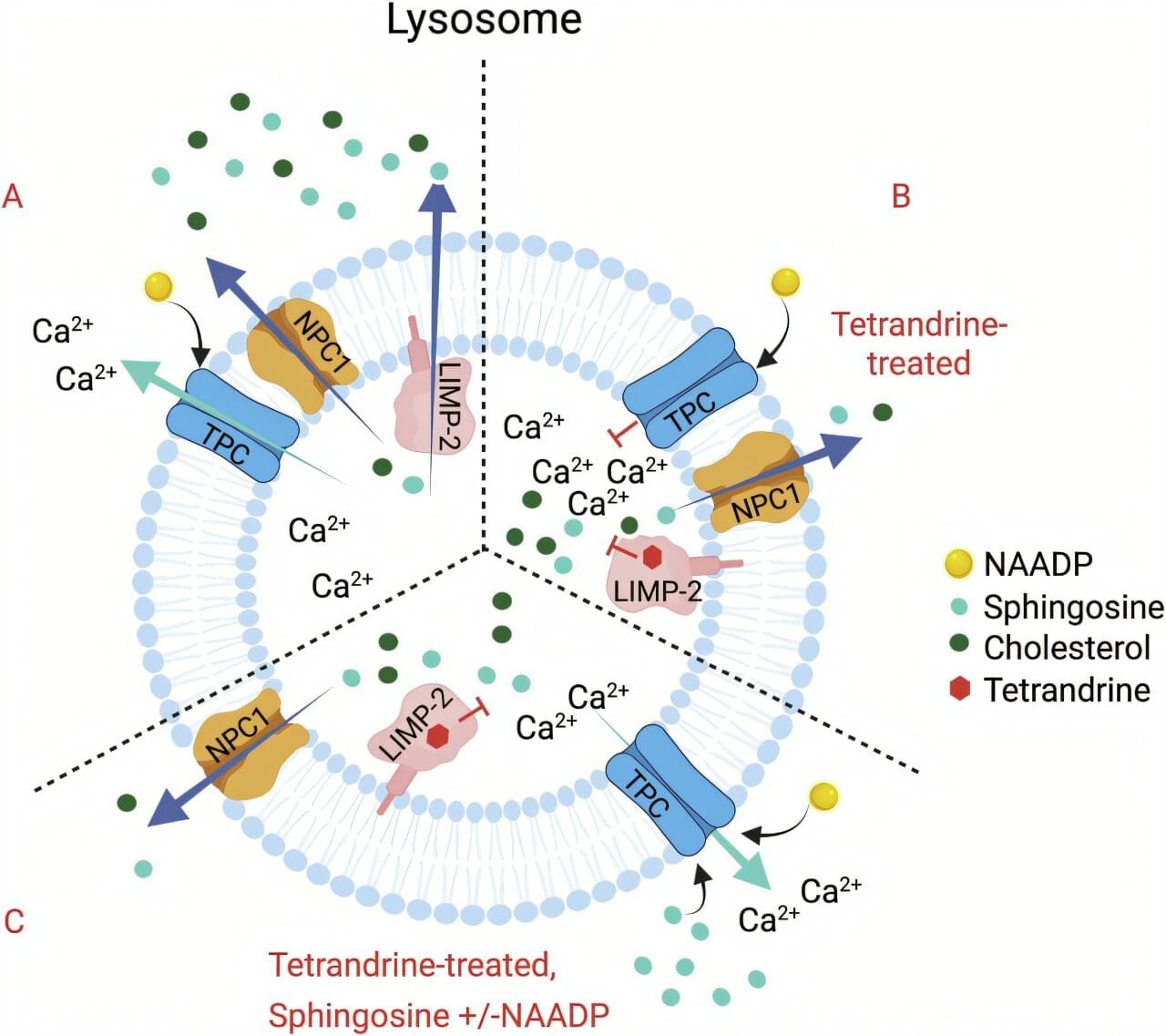
With this discovery, the researchers propose that tetrandrine can be used to disrupt processes critical to the survival and replication of viruses, such as Ebola and COVID-19, by targeting LIMP-2 to alter lysosomal calcium release.
Importantly, these findings highlight lysosome-related mechanisms as a new frontier for drug discovery, offering novel strategies for treating diseases caused by calcium imbalance, including neurodegenerative disorders like Alzheimer’s and Parkinson’s, as well as certain metastatic cancers.
Prof. Ko said, “This is the first time a function of LIMP-2 in calcium signaling has been uncovered. From a cell biology perspective, our study has revealed a completely new pathway for NAADP-regulated calcium signaling, through LIMP-2 and sphingosine. From an anti-viral treatment perspective, the study has identified LIMP-2 as a key target of tetrandrine for the treatment of Ebola virus infection, with broader applications in other antiviral therapies.”

Research led by the Karolinska Institutet reports that offspring of parents with mental disorders face increased mortality, with the highest risks for unnatural deaths and when both parents had diagnoses.
Parental mental disorders have been linked to infant mortality and to multiple developmental, mental, and somatic outcomes, while links with long-term offspring mortality remained unclear.
In the study, “Parental Mental Disorders and Offspring Mortality up to Middle Age,” published in JAMA Psychiatry, researchers conducted a nationwide register-based cohort study to investigate associations between parental mental disorders and mortality in offspring up to middle age.
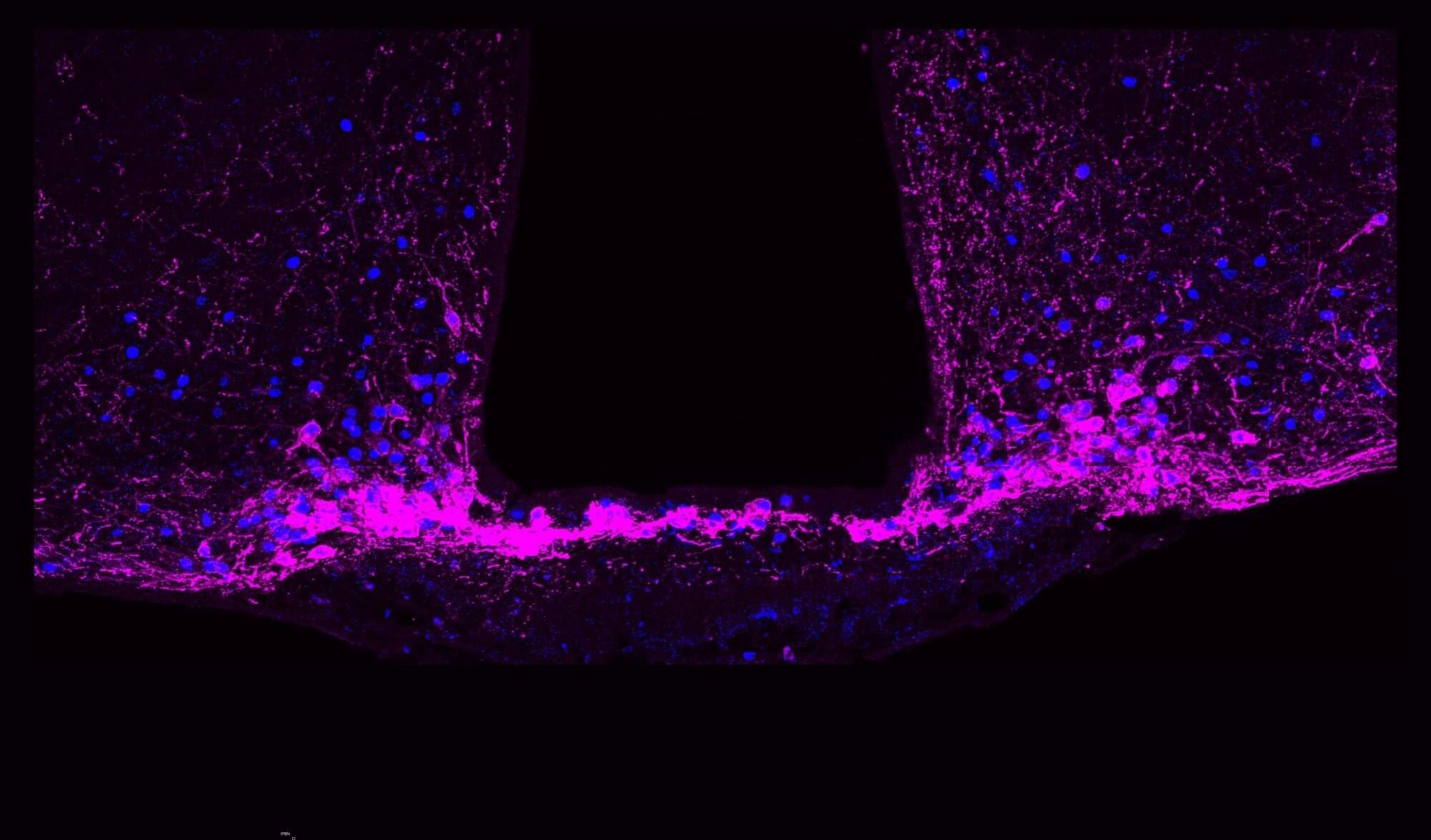
Acute or short-lived pain, despite its bad reputation, is usually a lifesaver. It acts as a transient negative sensory experience that helps us avoid danger. Touch a hot stove, stub a toe, or bonk your head on a low branch, and the nervous system cues up an “Ow!” Over time, the sting fades, the wound heals, but the lesson sticks.
Chronic pain is different; the alarm keeps blaring long after the fire is out, and then the pain itself becomes the problem. Nearly 50 million people in the United States live with chronic pain, an invisible and often untreatable condition that can linger for decades. “It’s not just an injury that won’t heal,” says neuroscientist at the University of Pennsylvania J. Nicholas Betley, “it’s a brain input that’s become sensitized and hyperactive, and determining how to quiet that input could lead to better treatments.”
Now, research led by Betley and collaborators at the University of Pittsburgh and Scripps Research Institute has identified a key to regulating long-term pain states: a group of cells called Y1 receptor (Y1R)-expressing neurons in the brainstem’s lateral parabrachial nucleus (lPBN). These neurons are activated during enduring pain states, but they also integrate information about hunger, fear and thirst, allowing for pain signals to be modulated by other brain circuits signaling more urgent needs.
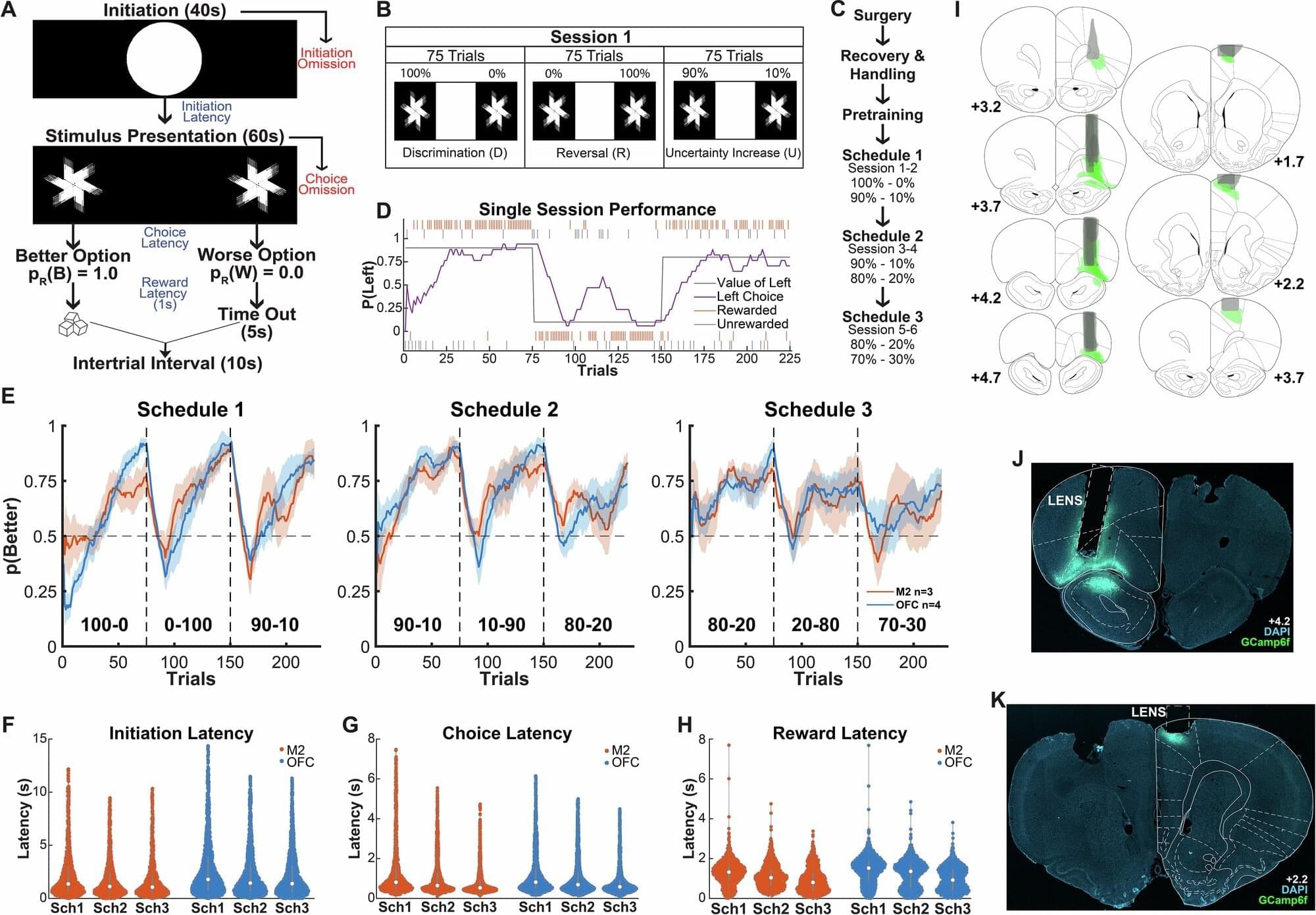
Newly identified brain cells evolved along the theme, “Life is uncertain; Eat dessert first.” The neurons, located in the front part of the brain, are most active when the outcome of a decision is uncertain, suggesting that they help with decision making, along with learning and mental flexibility in general.
This UCLA discovery in rats could aid the development of new treatments that involve the targeting of rigid thought patterns such as those in anxiety and substance use disorders in humans, who also have the same kind of brain cells.
“If we have full knowledge of the things that will happen, then we really don’t need to learn, and we don’t have to adapt our behavior,” said Alicia Izquierdo, a UCLA professor of behavioral neuroscience in the department of psychology and the senior author of the paper published in the journal Nature Communications.
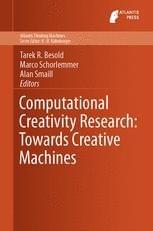
Computational Creativity, Concept Invention, and General Intelligence in their own right all are flourishing research disciplines producing surprising and captivating results that continuously influence and change our view on where the limits of intelligent machines lie, each day pushing the boundaries a bit further. By 2014, all three fields also have left their marks on everyday life – machine-composed music has been performed in concert halls, automated theorem provers are accepted tools in enterprises’ R&D departments, and cognitive architectures are being integrated in pilot assistance systems for next generation airplanes.